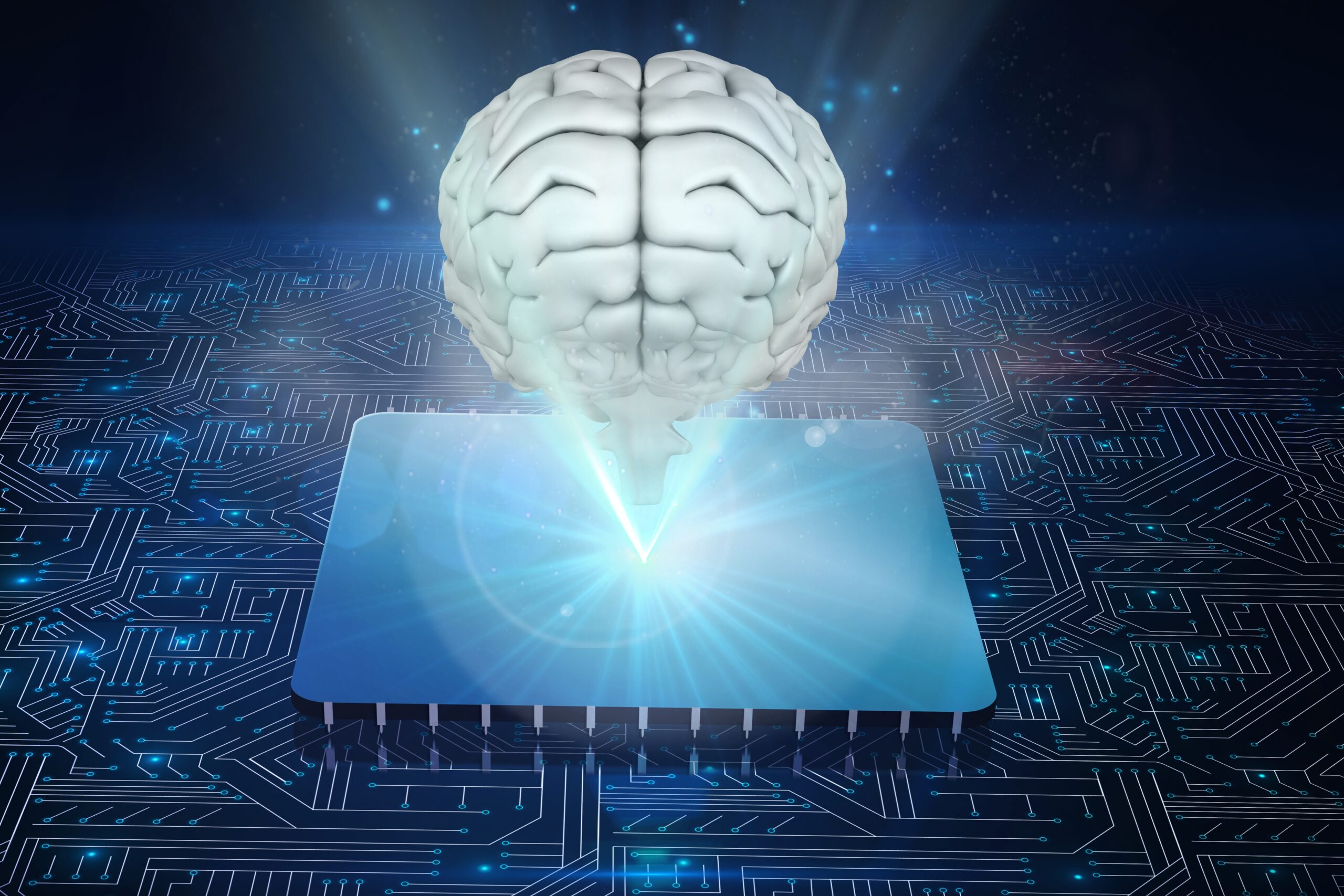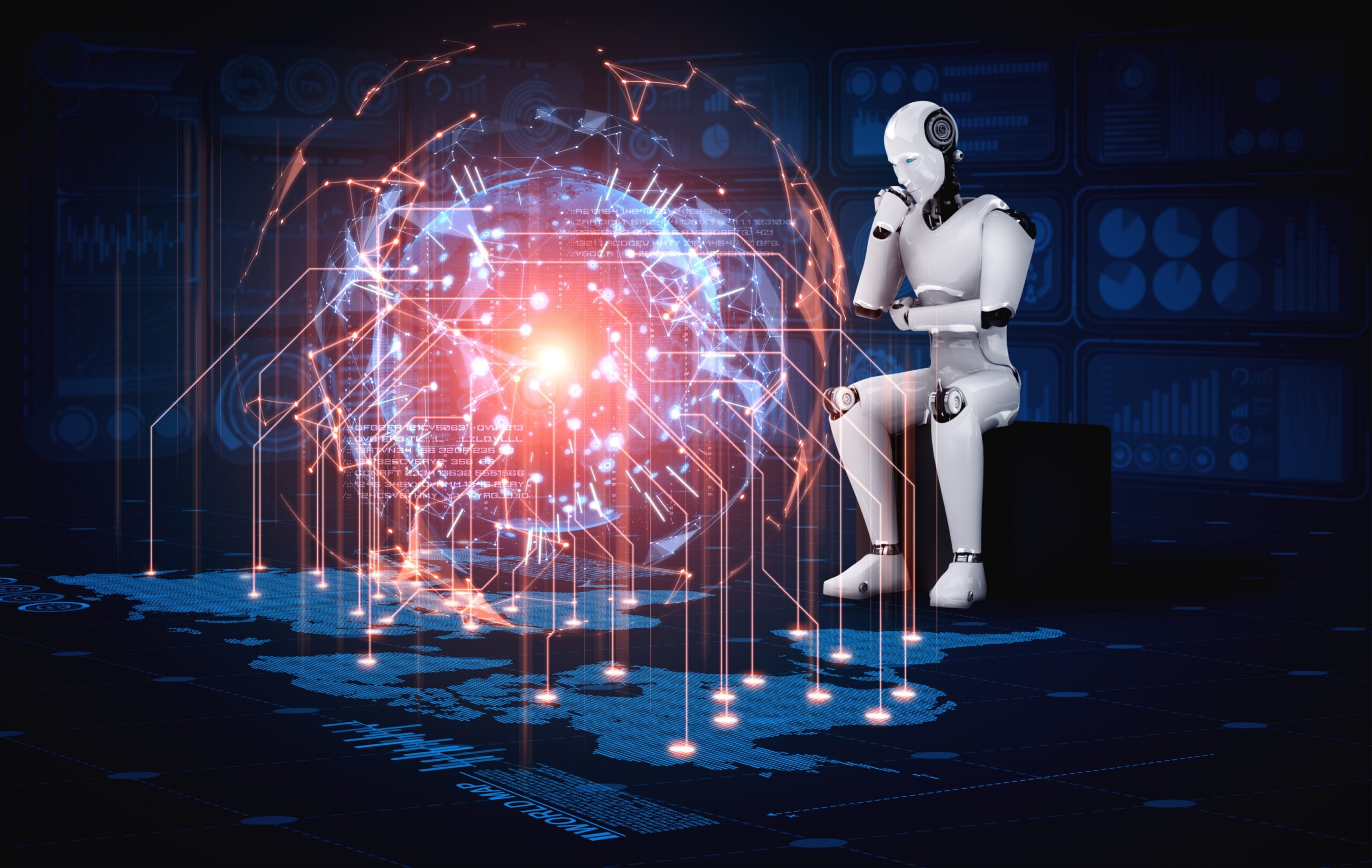Introduction: The Rise of Intelligent Machines
A robot exists which makes independent choices while it learns and evolves from its own experience. Scientists never had to turn to science fiction for this as neural robots are developing into reality. New technology advancements in artificial intelligence and deep learning and neuromorphic computing enable robots to extend their automation potential. Neural robots enhance industry operations by employing human-style processes of problem solving while thinking like humans.
Scientific principles of intelligent automated systems operate in neural robots.
Artificial neural networks function as the operational core for these robots because these networks were designed after studying human brain processes. Robotics networks enable machines to understand their environment along with collecting experiential data to execute sophisticated operations independently.
The three scientists Geoffrey Hinton, Yann LeCun and Yoshua Bengio established the fundamental principles that led to modern artificial intelligence through their research activities. The research done in deep learning by these scientists enabled the creation of smart robotic systems.
Key Technologies Behind Neural Robots
- Neuromorphic Chip processors built by IBM under the name TrueNorth and Intel with their Loihi series have neural connection architecture to enable robots to learn in realtime and use reduced power.
- Richard Sutton introduced reinforcement learning as a robot decision-making method through experimental error which enables robots to operate effectively in dynamic conditions.
- Through convolutional neural networks robots obtain the capability to detect objects while they also learn spatial navigation and can identify human emotional states.
- Robots have become capable of understanding and creating speech through Natural Language Processing technology which was developed by OpenAI and Google DeepMind and Stanford NLP Group making them suitable for work in customer service roles as well as translation and companionship functions.
- By running AI models directly on robot systems instead of cloud-based processing the system provides decreased response time along with improved privacy protection that robot applications in healthcare defense and personal assistance need.
Where Neural Robots Are Making an Impact
Healthcare: Smarter, Safer Patient Care
- The surgical robotics system known as da Vinci Surgical System functions with exact and steady hand movements which minimizes human error during delicate procedures.
- The healthcare needs of elderly people are met through PARO and ElliQ robots which provide assistance with daily tasks while also reminding users about medications and offering companionship functions.
- Practicing physicians can rely on neural robots to evaluate medical images and diagnostic data through which they identify early markers of cancers and Parkinson’s disease.
Autonomous Vehicles: The Future of Transportation
- The autonomous systems used by Tesla’s Full Self-Driving functions with Waymo’s taxis depend on artificial intelligence neural networks to perform safe navigation.
- With AI-powered drone deliveries operating as Amazon Prime Air shows how logistics can benefit from faster more efficient delivery services.
Manufacturing and Industry 4.0
- Cobots from Universal Robots utilize artificial intelligence to perform teamwork with staff members for more secure production operations and better performance.
- Devices controlled by AI-enabled robots track equipment health to identify upcoming failures thus enabling companies to reduce operational costs and operational expenditures.
Military and Defense
- The surveillance and disaster recovery tasks in hazardous conditions are carried out by autonomous robots developed by Boston Dynamics through their Spot and Atlas models.
- DARPA operates drones which rely on AI to process data while protecting security sites in real time.
There Are Various Barriers To Implementing Neural Robots Which Restrict Their Wider Adoption
Despite their potential, neural robots still face hurdles
- AI Bias emerges from training robots with biased information which causes them to create wrong decision-making frameworks.
- The rising automation requires industries to readjust their employment balance between workers and automated systems.
- Neural robots face the susceptibility to hacking which exposes them to potential security threats.
- Automated robot decisions in medical as well as defense fields generate multiple ethical dilemmas that need resolution and legal specifications.
Next-Level Development of Neural Robots as Future Innovation
Technology developments will make neural robots progressively more sophisticated. Expert session leaders Elon Musk and Demis Hassabis together with Rodney Brooks agree that AI robotics will merge with society to serve people instead of taking their positions. Intelligent automation enters its next evolution through three emerging technologies including braincomputer interfaces and swarm robotics and biohybrid systems.
Conclusion
The Human-Robot Partnership Neural robots exist to improve the abilities of human beings. We are moving towards a new technological period where we must take responsibility for developing AI systems to benefit the interests of human beings. Thoughtfully innovative management together with ethical governance of the AI-robotics union creates novel opportunities that were beyond human reach. Neural robots present themselves in the current world landscape rather than being a potential technological forecast.










